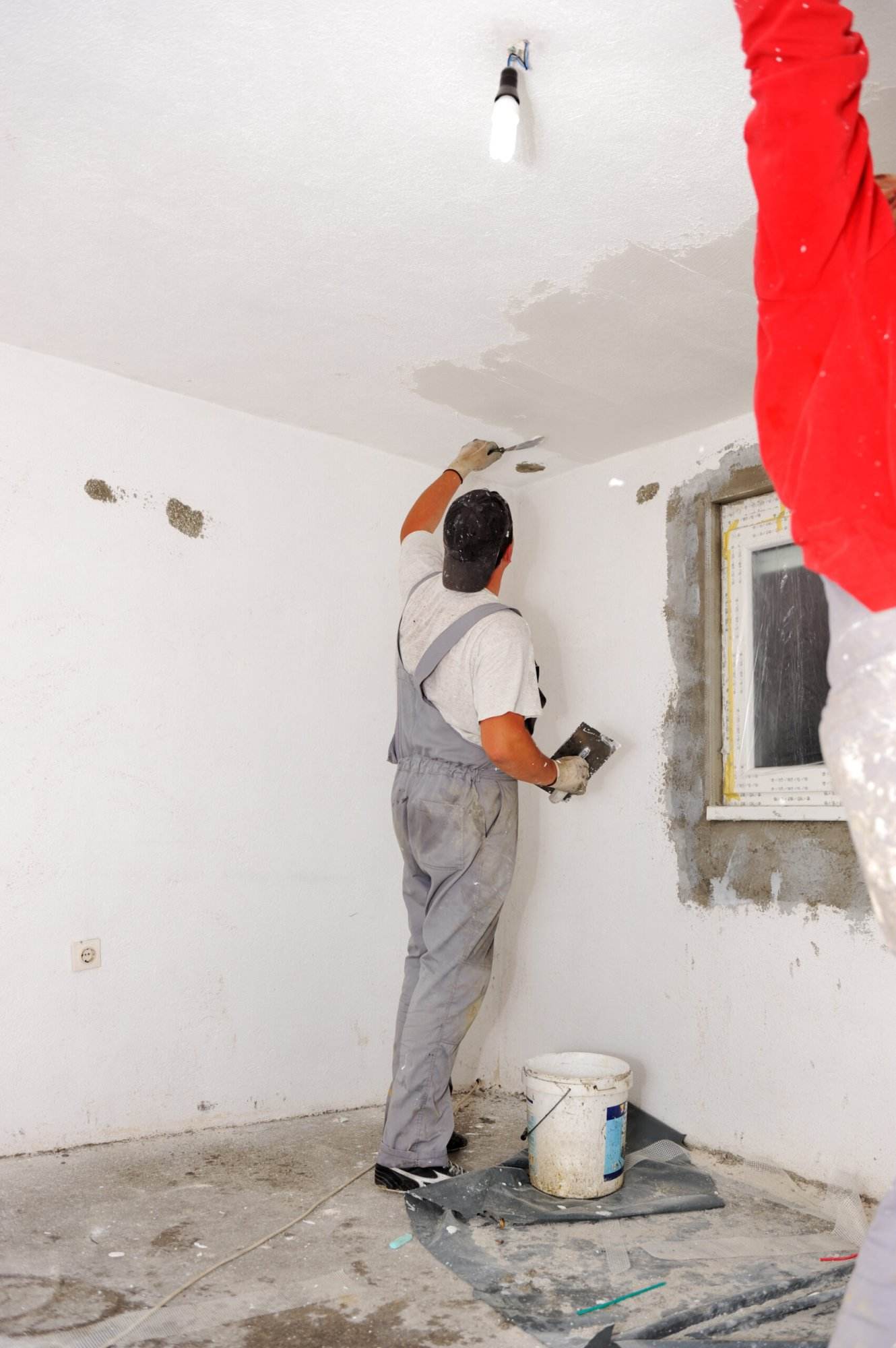Allergen reduction strategies are crucial for creating a healthy and productive work environment, especially for those who suffer from allergies. However, many people don’t realize that traditional cleaning methods may not be enough to remove allergens from the air and surfaces in the office. In this blog post, we will explore five ways to minimize allergens in the office that you’ve never thought of, as well as how to implement these strategies in your workplace.
Introduction to Allergen Reduction Strategies
Allergens are microscopic particles that can cause an immune response in some individuals. They can come from a variety of sources, including pollen, dust mites, pet dander, and mold. For allergy sufferers, being exposed to these substances can lead to symptoms such as sneezing, congestion, itchy eyes, and respiratory distress. Therefore, reducing exposure to allergens is essential for maintaining a healthy and comfortable work environment.
The Importance of Specialized Cleaning for Allergy Sufferers
Traditional cleaning methods may not be sufficient for removing allergens from the air and surfaces in the office. This is because allergens are often too small to be picked up by conventional vacuums or cleaning cloths. Additionally, allergens can become embedded in fabrics and carpets, making them difficult to remove. Therefore, specialized cleaning techniques are necessary for effectively reducing allergens in the office.
5 Ways to Minimize Allergens in the Office (That You’ve Never Thought Of)
1. Use a High-Efficiency Particulate Air (HEPA) Filter: A HEPA filter is designed to capture very small particles, including allergens. By using a HEPA filter in your HVAC system, you can reduce the amount of allergens circulating in the air.
2. Implement a No-Smoking Policy: Smoke contains a range of irritants and allergens that can trigger reactions in sensitive individuals. By implementing a no-smoking policy in the workplace, you can reduce the amount of smoke and associated allergens in the air.
3. Use Natural Cleaning Products: Many conventional cleaning products contain harsh chemicals that can aggravate allergies. Instead, consider using natural cleaning products made with plant-based ingredients. These products are less likely to trigger allergic reactions and are better for the environment.

4. Upgrade Your Carpeting: Carpets can trap allergens, making them difficult to remove. Consider upgrading your carpeting to a type that is specifically designed to reduce allergens. Some types of carpeting have been shown to reduce airborne allergens by up to 50%.

5. Install UV Lighting: Ultraviolet light has been shown to kill bacteria, viruses, and other pathogens. By installing UV lights in your office, you can help to reduce the amount of allergens present in the air.
How to Implement These Strategies in Your Workplace
Implementing these strategies in your workplace requires careful planning and coordination. Here are some steps you can take to get started:
1. Conduct an Assessment: Before implementing any new strategies, conduct an assessment of your current cleaning practices and the level of allergens in the air. This will give you a baseline to measure progress against.
2. Educate Your Employees: Make sure your employees understand why reducing allergens is important and what they can do to help. Provide training on how to use new equipment and cleaning products safely.
3. Choose the Right Equipment and Supplies: Select high-quality equipment and supplies that are specifically designed to reduce allergens. This includes HEPA filters, natural cleaning products, and UV lights.
4. Develop a Maintenance Schedule: Create a schedule for regular maintenance and cleaning to ensure that allergens are kept under control. This should include routine cleaning of carpets, upholstery, and other surfaces where allergens tend to accumulate.
Conclusion and Final Tips
Reducing allergens in the office is critical for creating a healthy and productive work environment. By implementing specialized cleaning techniques and following best practices, you can create a safer and more comfortable space for everyone. Remember to regularly monitor the levels of allergens in the air and make adjustments as needed. Finally, always consult with a medical professional if you experience severe allergic reactions at work.

